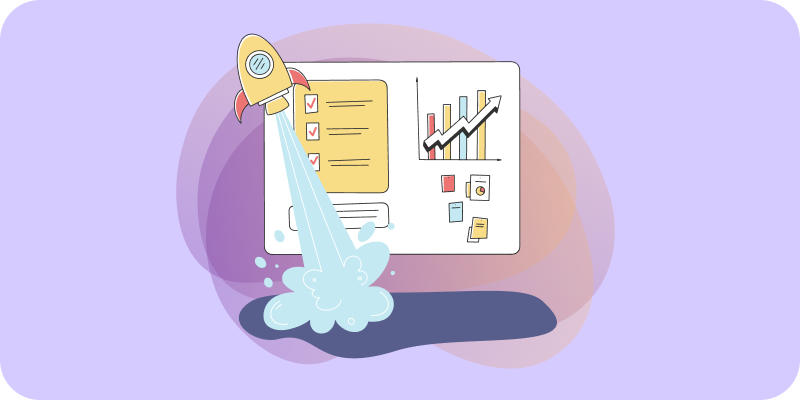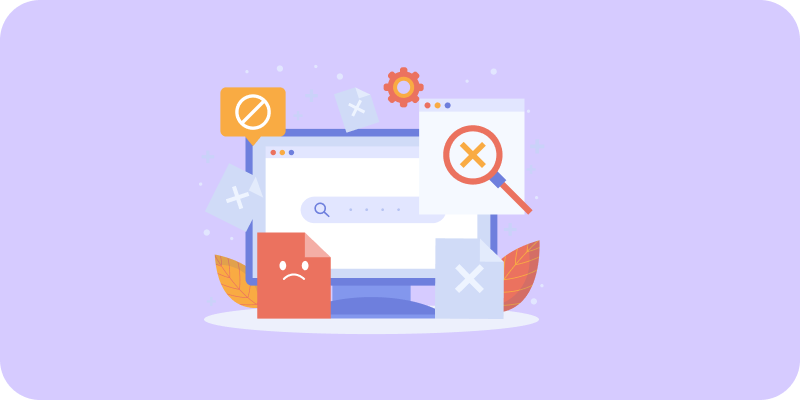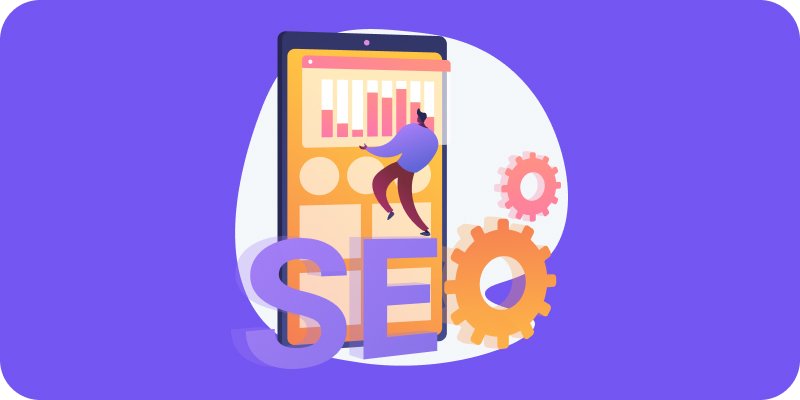SEO for Low-Content Landing Pages
When we talk about SEO, we often imagine content-rich websites: regularly updated blogs, detailed service pages, and fully structured sites. But what about minimalist landing pages—those built with a single clear goal, like capturing leads, promoting a product, or launching a campaign—and that, by design, include very little text?
Although it might seem like a challenge, ranking landing pages with little content on Google is entirely possible. In this article, we’ll explore how to optimize them effectively without compromising their simplicity or performance.
What Is a Landing Page and Why Do They Have Little Content?
A landing page is a destination page created for a specific purpose: to generate conversions. They’re often used in advertising campaigns or marketing funnels with clear calls to action like “Download Now,” “Request a Demo,” or “Buy.”
Because they’re designed to drive a single action, these pages tend to have clean layouts, focused messaging, and minimal distractions. The result? Less text, and therefore, less indexable content for Google.
But that doesn’t mean they’re doomed in the search results.
SEO Challenges for Low-Content Landing Pages
- Low keyword density: With little text, it can be tricky to naturally include variations of your target keywords.
- Less context for Google: Search engines rely on textual content to understand what a page is about.
- Weak internal authority: These pages are often not well-linked from the rest of the site.
- Duplicate content issues: Running multiple similar landing pages (for campaigns or ads) can lead to internal duplication problems.
Effective Strategies to Rank Minimalist Landing Pages
1. Maximize Your Technical SEO Elements
Even if your content is minimal, your technical SEO must be on point:
- Title tag & meta description: Include your main keyword and avoid generic labels like “Home” or “Main Page.”
- Clean, keyword-friendly URLs: Use descriptive slugs like /download-ecommerce-guide rather than random strings.
- Well-structured headings: Make sure to use an H1 and organize H2s or H3s properly—even if there’s little content.
2. Create Supporting Content That Links to the Landing Page
You can enhance your landing page’s authority by publishing a related blog post. For example, if your landing page offers a marketing guide, write an article about marketing strategies and link to the landing. This gives Google more context and builds relevance.
3. Use Smart Internal Linking
Link to your landing page from your homepage, blog posts, or related service pages. This tells Google that the page is important within your site structure and improves its chances of ranking.
4. Add Enriching Elements Without Overloading the Page
You don’t need long paragraphs. Instead, use components that provide value while keeping the page light:
- Client testimonials
- FAQs
- Short videos
- Descriptive icons
- Bullet points outlining key benefits
These help boost SEO by adding meaningful content without overwhelming the design.
5. Optimize for Core Web Vitals
Google values fast, mobile-friendly, well-performing pages. Even if your content is minimal, strong technical performance (speed, responsiveness, visual stability) can help improve rankings significantly.
6. Leverage Strategic Backlinks
External links from reputable sites (media coverage, guest posts, strategic partners) can boost your landing page’s authority. These backlinks act as votes of confidence in your page and signal trustworthiness to Google.
What About Paid Campaigns?
A well-optimized landing page benefits more than just organic SEO. It can also improve your Google Ads or Meta Ads performance. Google takes landing page experience into account when calculating Quality Score, which affects your cost-per-click and ad placement. Better structure = better ROI.
Just because a landing page has little content doesn’t mean it can’t rank on Google
By combining smart SEO tactics—technical optimization, internal linking, contextual support, and a great user experience—you can boost visibility and attract high-quality traffic.
The key is striking the perfect balance between simplicity and optimization. Because a good landing page doesn’t just convert—it also gets found.
Ready to Keep Improving Your Website?
Explore more resources on the Floix Agency blog to learn how to optimize your website step-by-step and get better results without complicating your tech stack.




